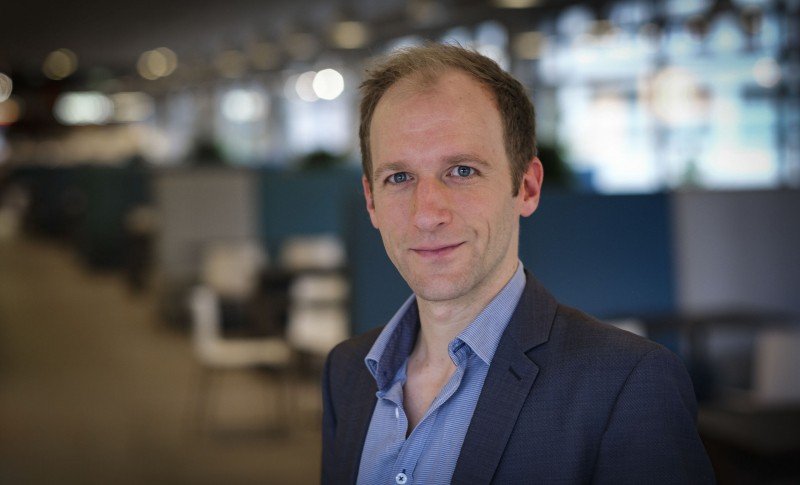Dominik Linz
Professor
Prof Dominik Linz is a clinician-scientist who received his PhD from Maastricht University, The Netherlands, in 2013 (Prof. U. Schotten) and completed his Cardiology training in Homburg/Saar, Germany, in 2017 (Prof. M. Böhm). In 2017, he was recruited as an Associate Professor and clinical EP-fellow to Adelaide to initiate and drive a translational research programme focussing on atrial fibrillation and sleep disordered breathing at the Royal Adelaide Hospital and University of Adelaide (Prof. P. Sanders). Since 2019, Dr Dominik Linz is a Staff member and consultant clinician at the Heart+Vascular Center, Maastricht UMC+.
Over the past years Prof. Dominik Linz has developed a National and International reputation in the field of cardiac arrhythmia research. The focus of this work has been to understand the pathophysiology and mechanisms underlying atrial arrhythmias and the development of treatment approaches. This research has broadly included: (i) Work describing sleep apnoea associated electrophysiological changes in the atria increasing atrial fibrillation susceptibility. (ii) Description of antiarrhythmic effects of autonomic modulation by renal sympathetic denervation under different pathophysiological conditions. (iii) Work describing the role of the lysosomal carboxypeptidase cathepsin A in the development of an atrial arrhythmogenic substrates. Ongoing research is mainly focused on risk factor modification and preventive interventions for AF.
As of January 2024, Dominik Linz (Department of Cardiology) has been appointed as a professor at Maastricht University. The title of his position is 'Comprehensive Atrial Fibrillation Management.




